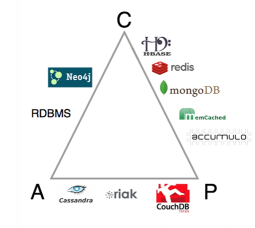Optimizing database queries

Most projects you will work on will have a database of some sort. For this reason, optimizing your queries allows you to use all that the database provides without having your application try to reinvent the wheel. In this blog, I’ll be using Postgres and Ruby on Rails to demonstrate some ways that you can optimize things. Much of the second section is Postgres specific, but the concepts should apply to whatever ORM you are using. Hopefully by the end you will have learned some new tricks to improve your project.








